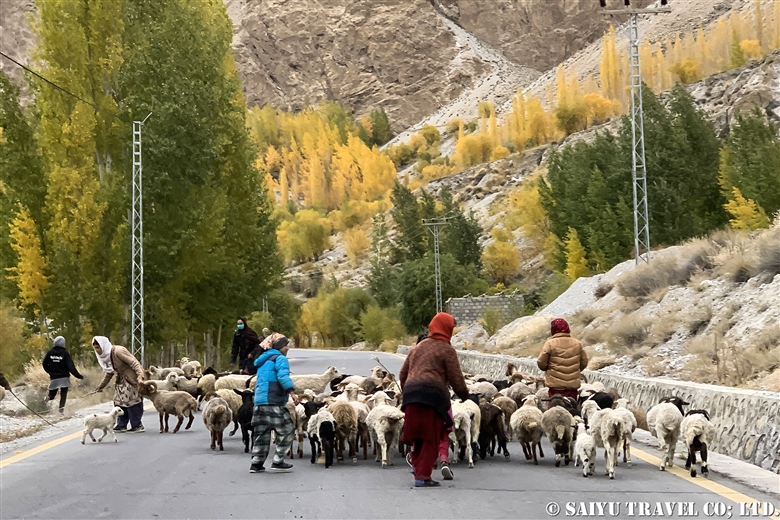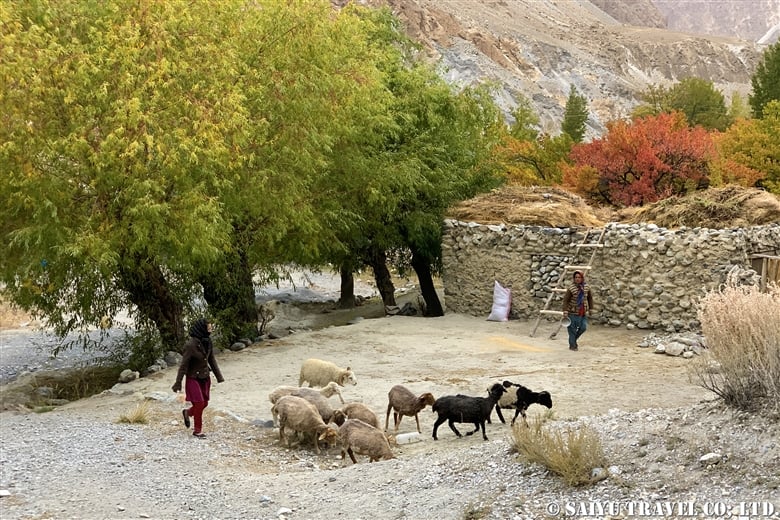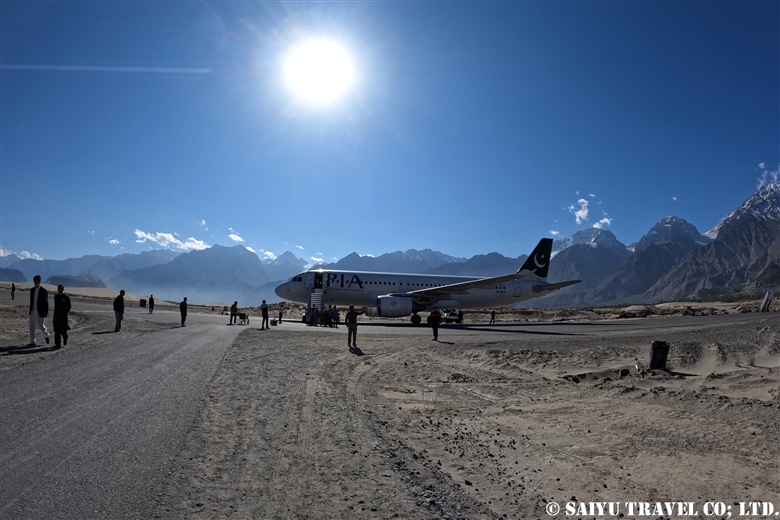In a previous blog, we already posted the video of the flight of PK451, flying from Islamabad to Skardu, so now we are posting a video from the return flight PK452 from Skardu, on a relatively good weather day. The clouds were covering Nanga Parbat, as we passed the peak around noon that day.
PK452 Skardu to Islamabad
Image & text :Mariko SAWADA
Travel date : Oct 2021, taking flight PIA 452 from Skardu to Islamabad
For the arrangement of tavel, shooting in Paistan, please contact us Indus Caravan.
Youtube Channel – Indus Caravan
Category : = Video Clip Gilgit-Baltistan > ◆ Video Breathtaking Views of Pakistan > - Nanga Parbat > ◆ Gilgit-Baltistan > - Skardu Valley > ◇ Mountain of Pakistan > - Nanga Parbat / Himalaya RangeTag : Pakistan Travel Blog , Pakistan Photography Tour , Travel Pakistan Blog , PIA , Indus Caravan , Skardu , Saiyu Travel Pakistan , PIA Skardu flight , Indus river , aerial photography , Pakistan International Airlines , Nanga Parbat , taking flight PIA 452 from Skardu to Islamabad , Northern Pakistan Travel , Pakistan Travel company , Pakistan Blog , Pakistan tour operator





-1-1200x675.jpeg)






































-1200x675.jpeg)





-1-1200x675.jpeg)
























